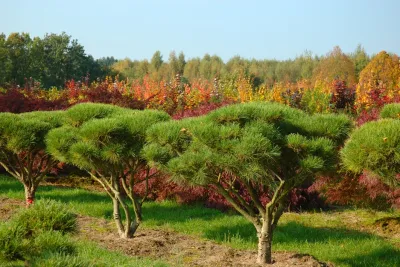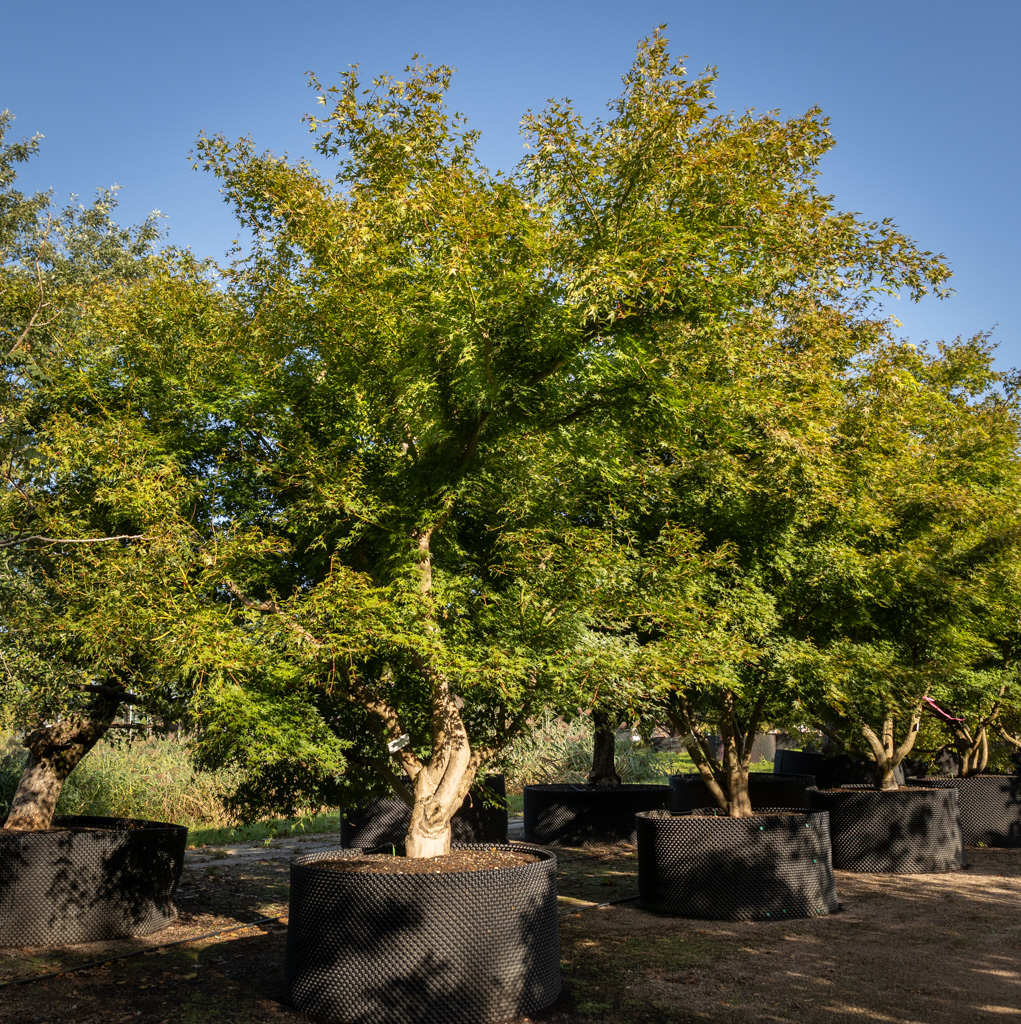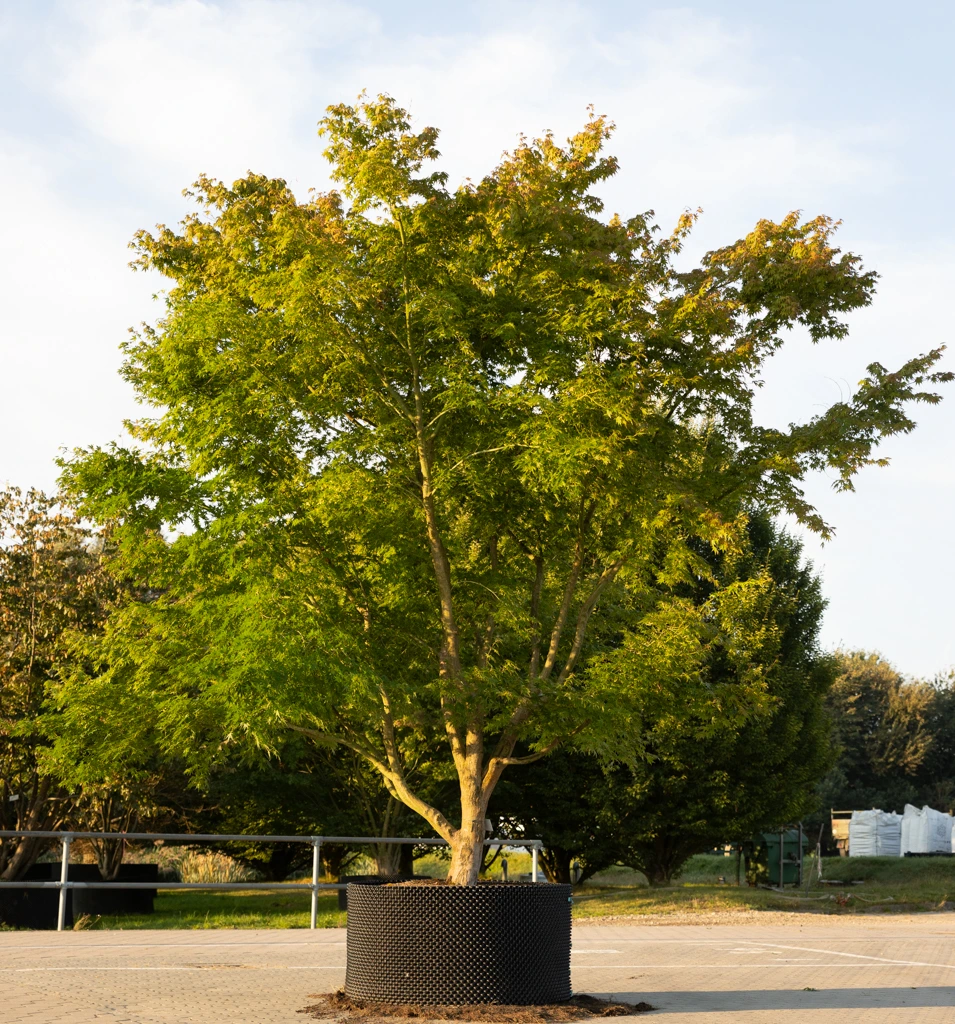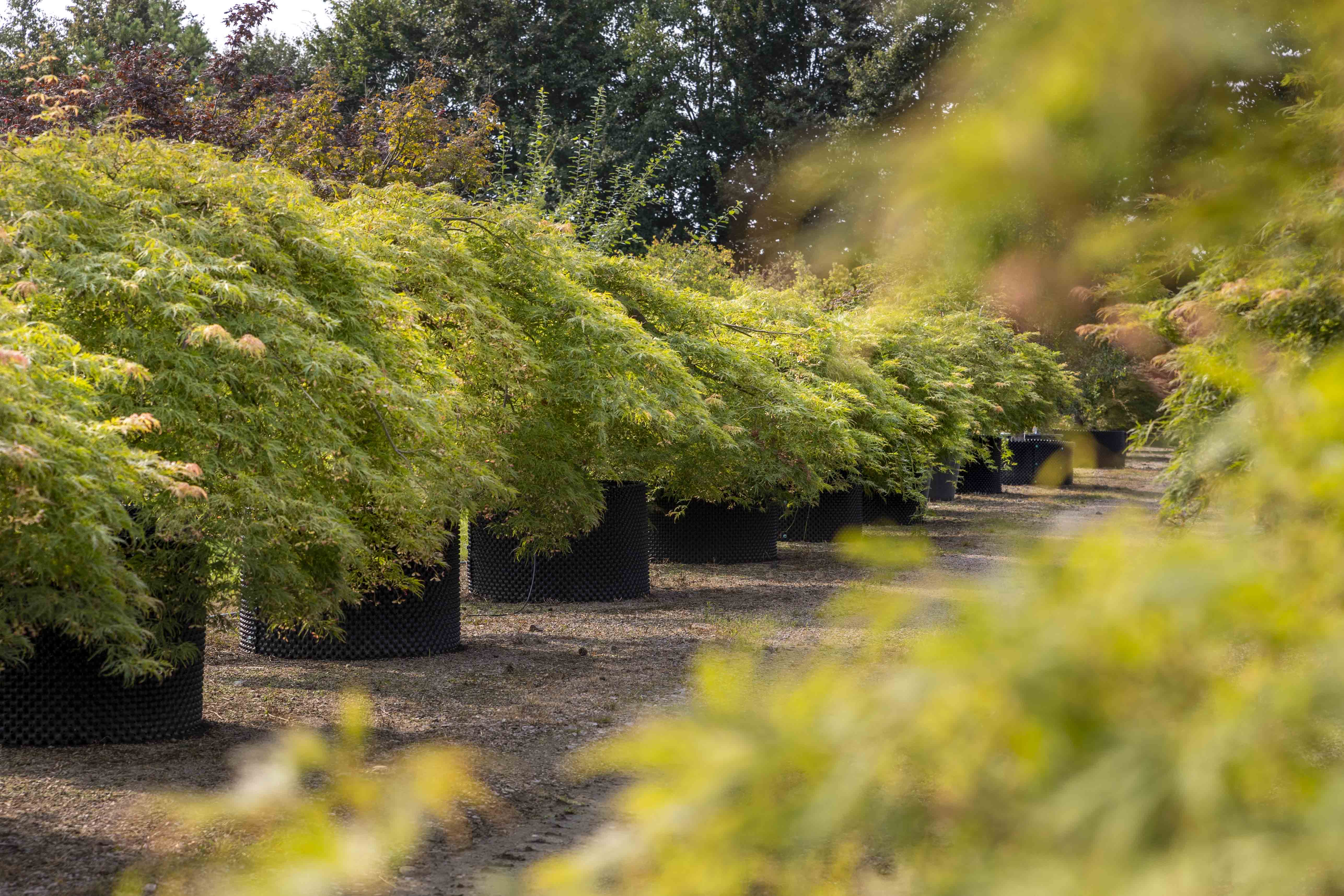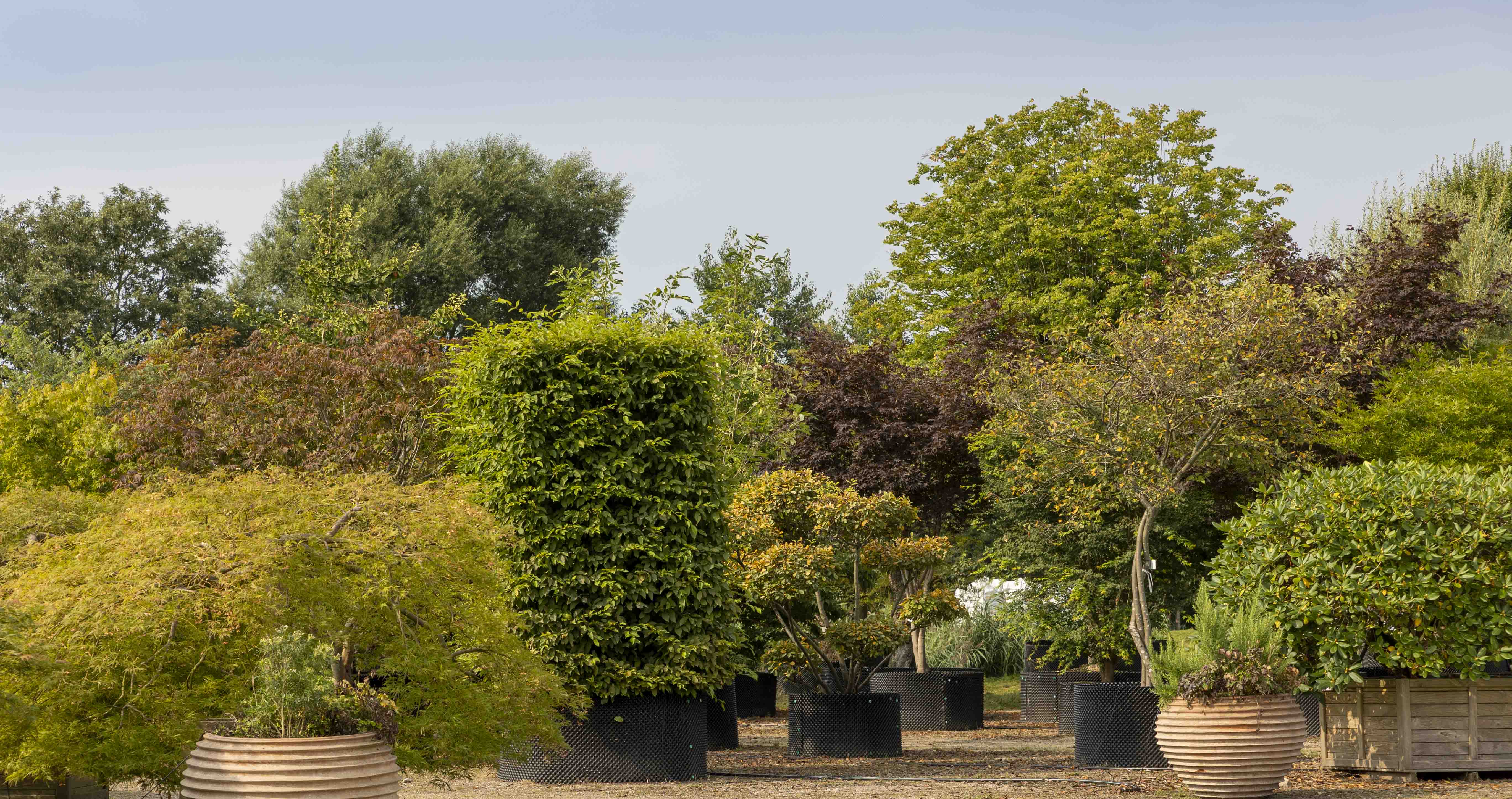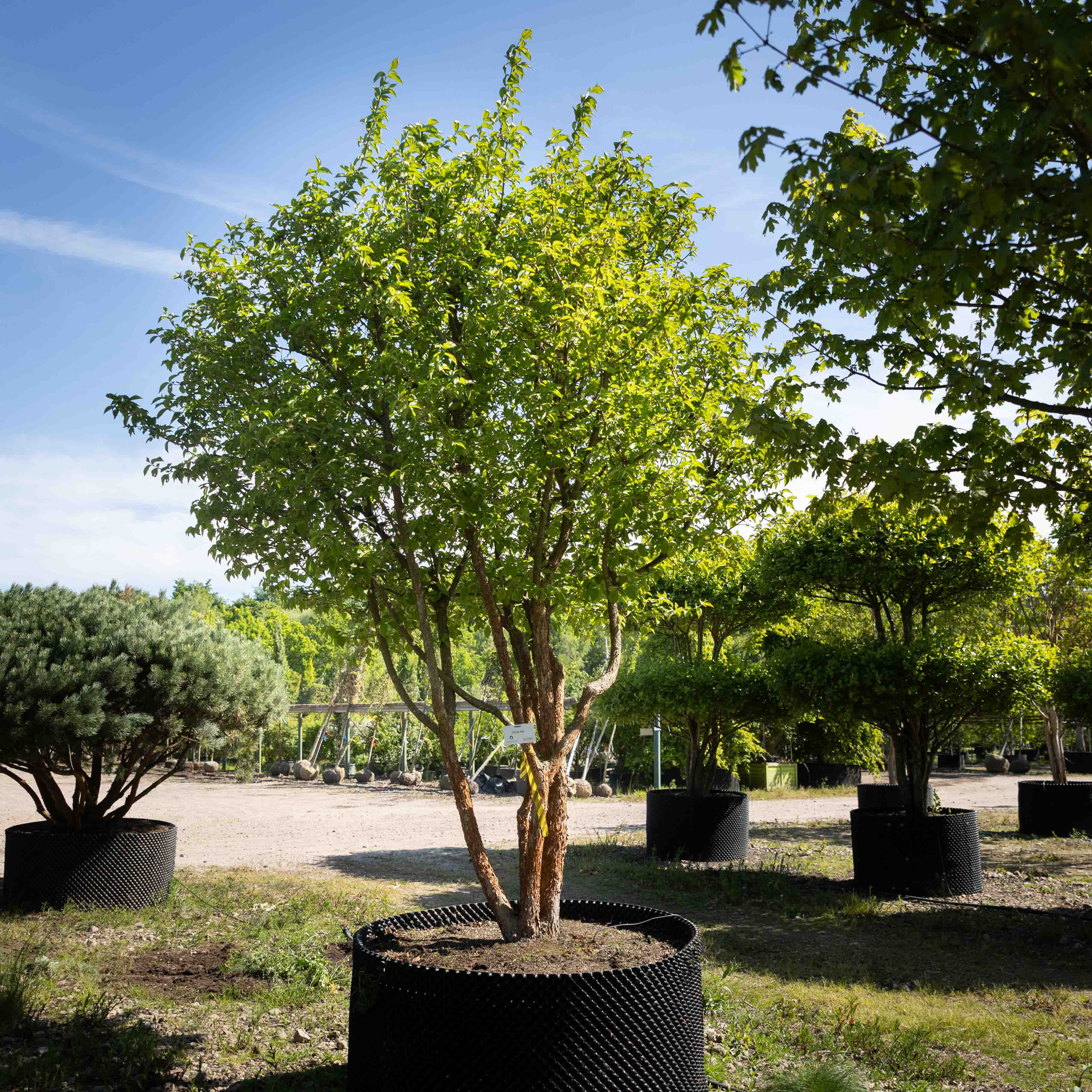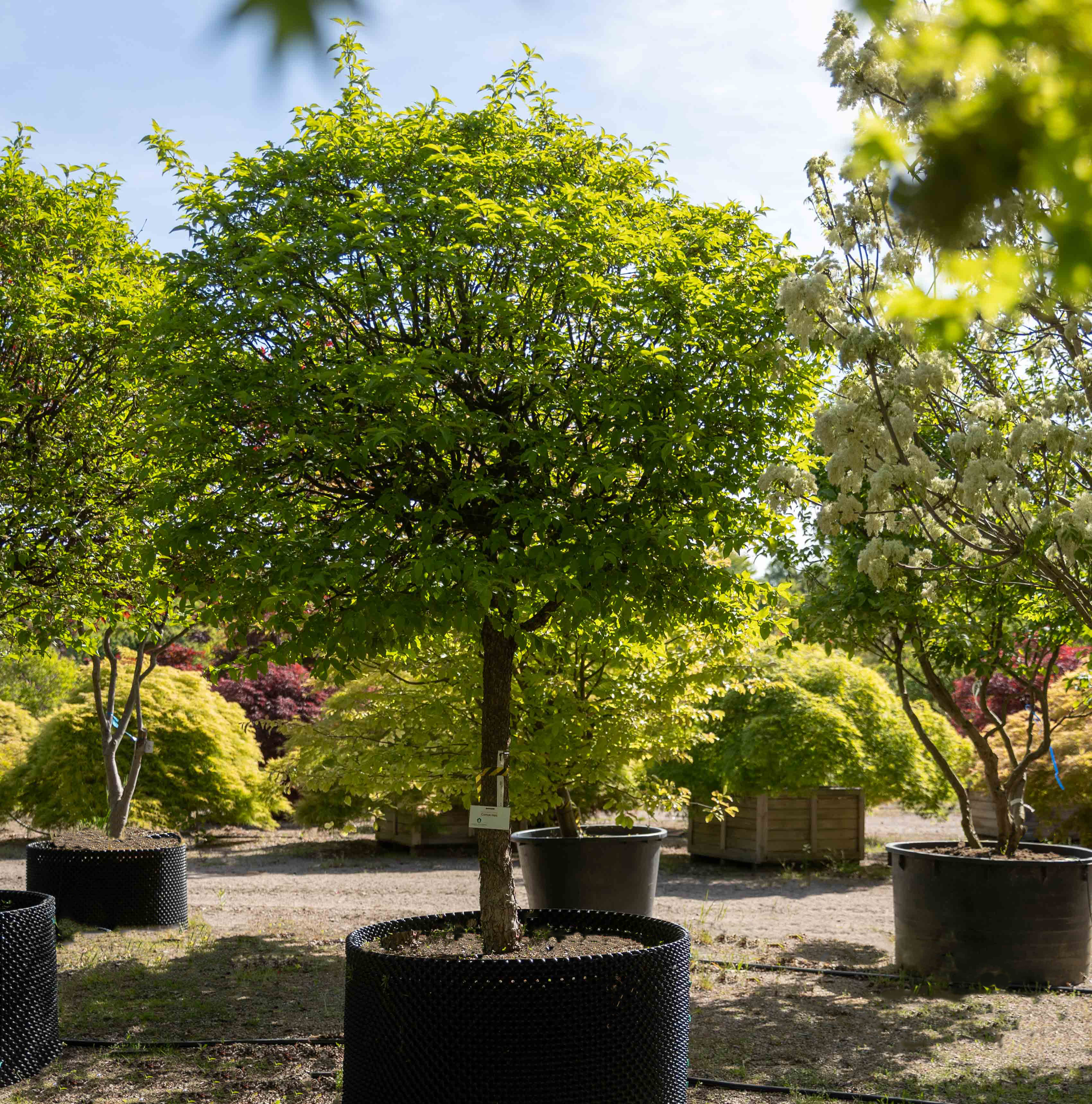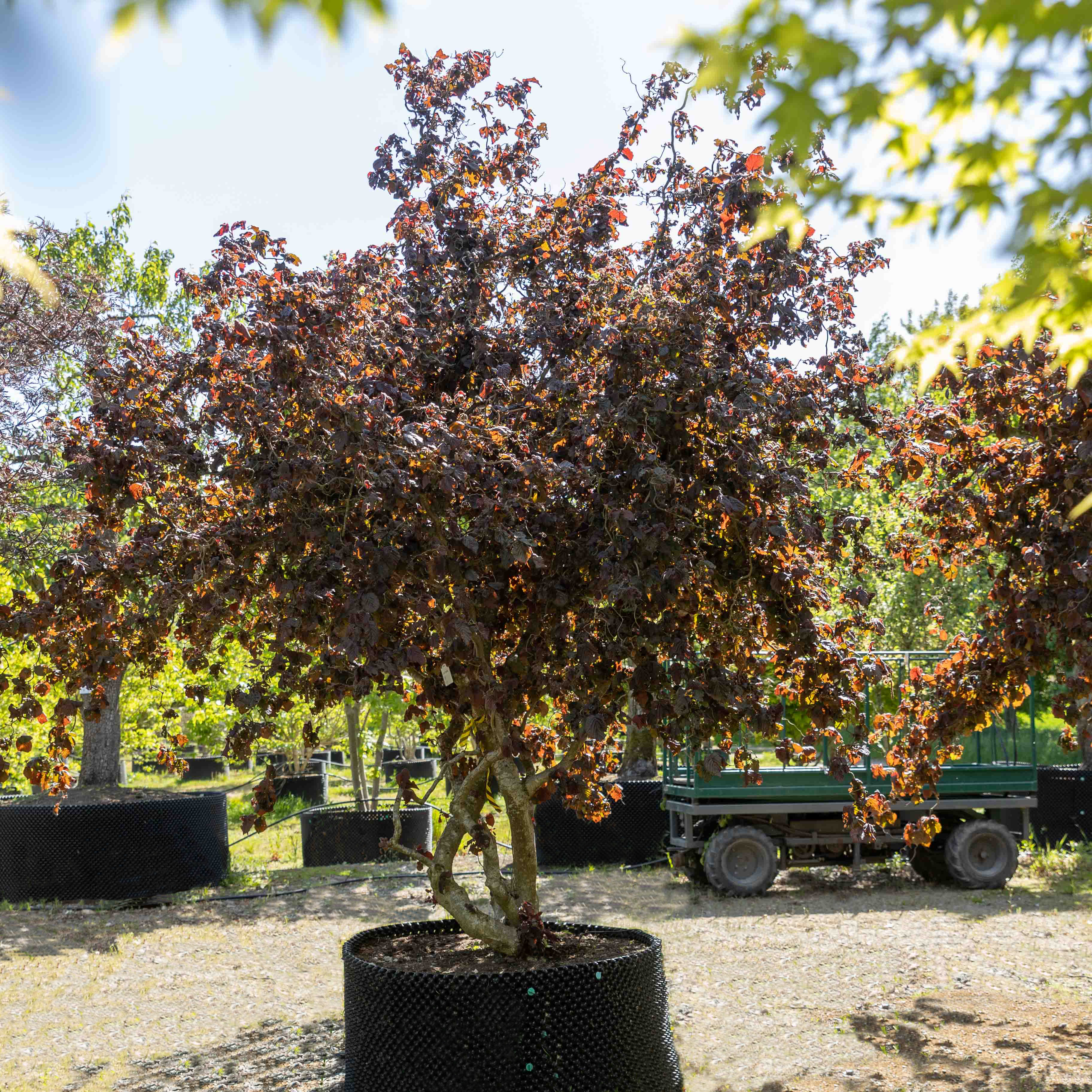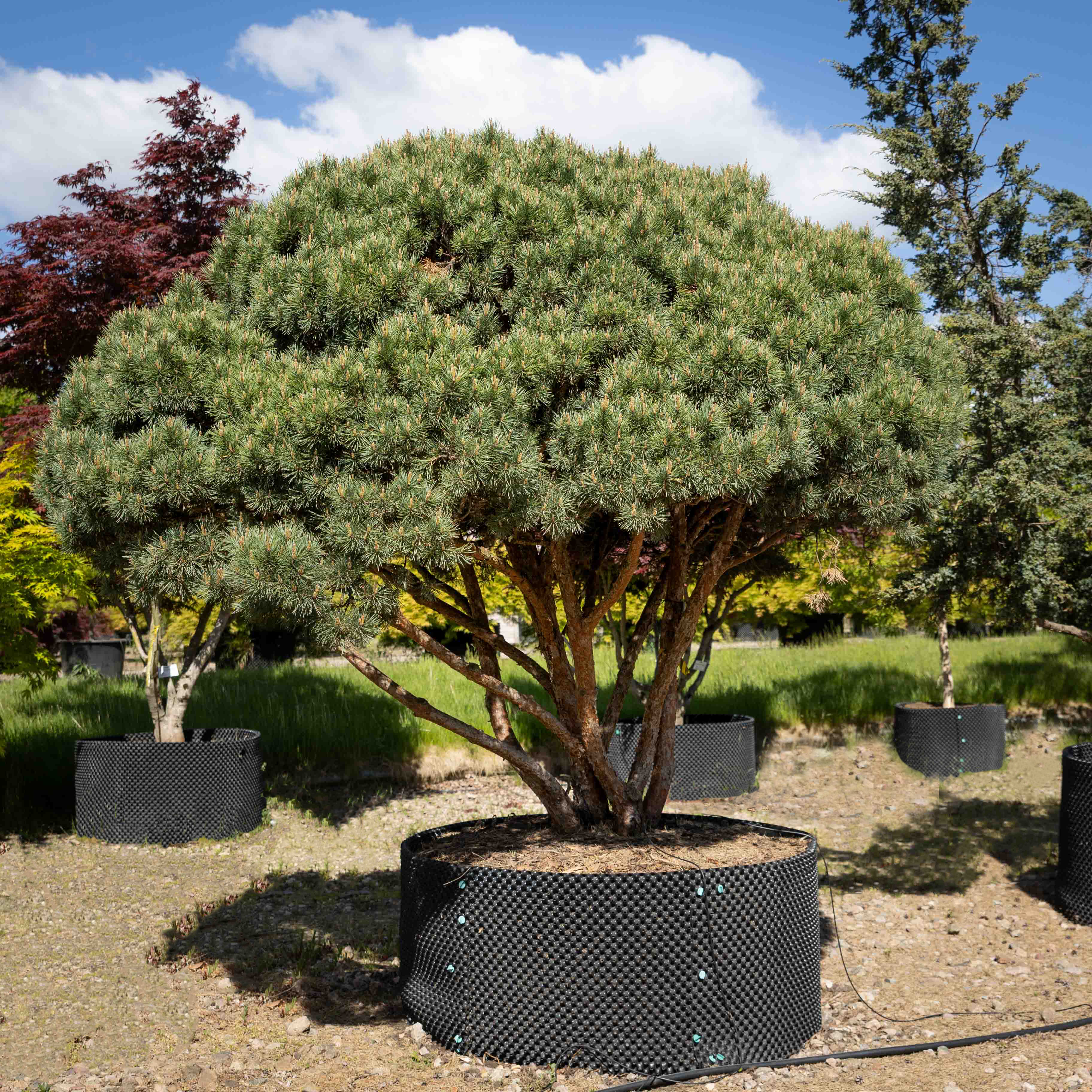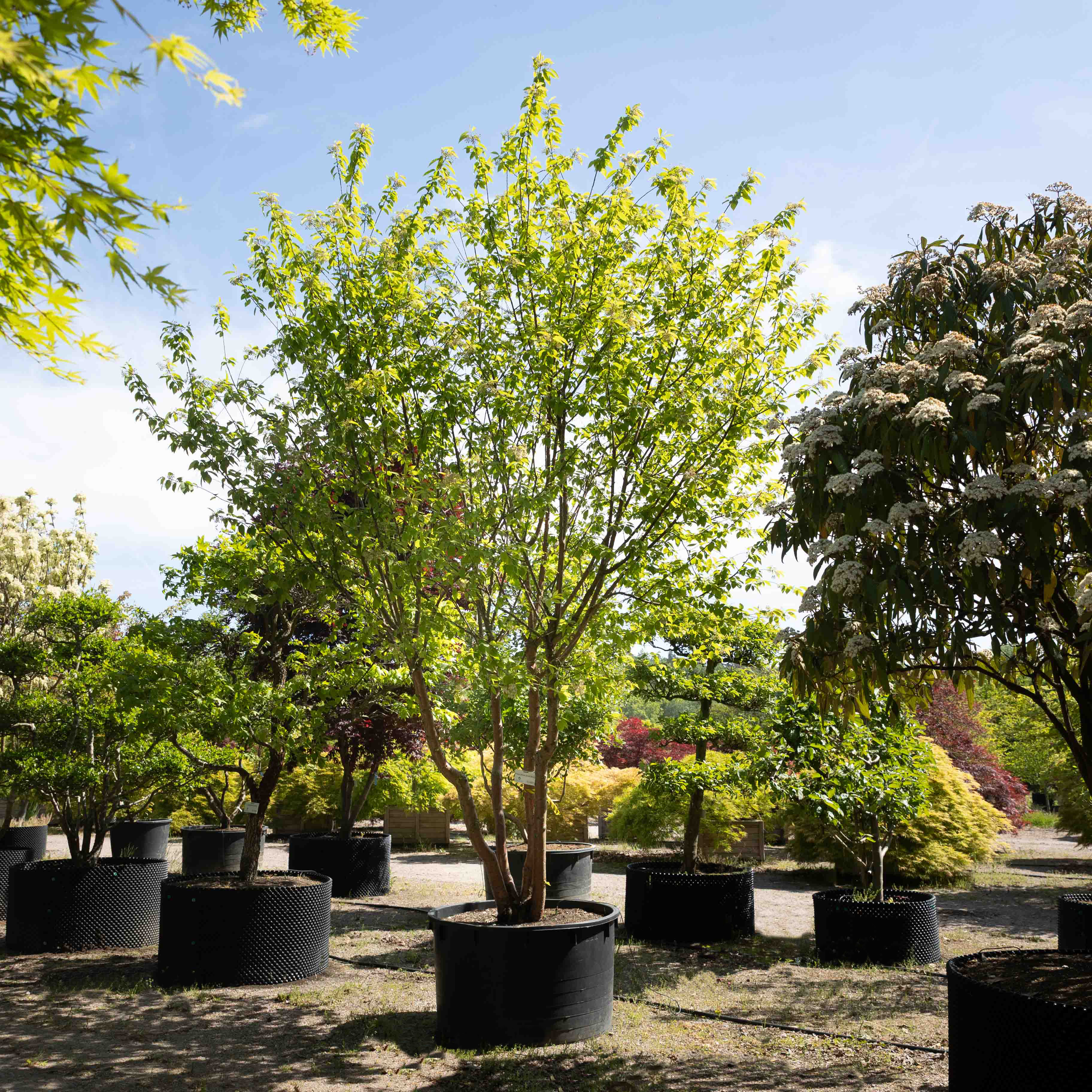
Four seasons plants
You can plant our 4-season plants 365 days a year!
Four-season woody plants are ideal as soloists and are characterised by their considerable age and characteristic habit. The picturesque growth, sensational blossom, fruit or fantastic autumn colouring set accents in the garden and provide plant highlights.
Can be planted all year round, mobile and decorative.
A tree is naturally loyal to its location. But what if the garden owner is rather fickle and loves variety? What if they want to redesign their garden every few years or prefer even shorter cycles?
Let's put it in a nutshell, then he should rather buy mobile woody plants: Woody plants that stand in containers. They can be moved back and forth as required. And once they have found their final location, they can simply be planted.
Take a look around our virtual tree nursery, true to the motto: you get what's in the photo.
And then order some right away!
FAQ - Frequently asked questions
Large woody plants in containers: planting all year round and independent of the season
Woody plants in containers can be planted all year round and therefore independently of the actual planting season. Compared to bare-root or root-balled plants, containerised plants are also easier to handle.
1. year-round planting
One of the biggest advantages of containerised shrubs is that they can be planted all year round as long as the soil is frost-free. While bare-root and balled and burlapped plants can often only be planted in a limited period in spring or autumn, woody plants in containers are not bound to these time windows. This offers maximum flexibility when planning green projects.
2. season-independent availability
Containerised plants are available all year round as they grow in their root ball and are generally in optimum condition. This means they can also be used spontaneously for green projects.
3. easy handling
Containerised shrubs are easy to transport and handle. There is no need to use the plants immediately after purchase, as they can be temporarily stored in the container in a sheltered place without damaging the plant.
4. Individuelle Standortanpassung
Thanks to their mobility, woody plants in containers can be temporarily placed in different locations to find the best place for light and soil conditions. This is particularly helpful for design projects where plants can be moved around flexibly.
Container plants are therefore the perfect choice for flexible and uncomplicated planning - regardless of the season and weather conditions.
The importance of the right container size
The relationship between the size of the container and the plant is not only important for the healthy growth of the woody plants, but also for successful establishment in the new location.
1. suitable root volume
The container should be large enough to accommodate the entire root system of the plant without constricting it. Containers that are too small often result in the roots growing in a spiral and becoming matted. This can impair the absorption of water and nutrients and make it more difficult for the plant to grow. An ideal container offers the roots enough space to develop evenly.
2. ratio of plant to container
The container size should be in proportion to the size and age of the plant. A container that is too small can lead to an unhealthy ratio between above-ground growth and root system, while an oversized container increases the risk of waterlogging as excess water drains away more easily.
3. health of the plant
An appropriately sized container allows the plant to be optimally supplied with water, air and nutrients. The container should also be well-drained to prevent waterlogging. High-quality substrates and a stable pot also contribute to the vitality of the shrubs.
What to look out for when choosing a substrate
The substrate plays a decisive role in the healthy growth of woody plants in containers. It not only serves as a physical support for the plant, but also provides it with nutrients, water and air. Careful selection and preparation of the substrate are therefore essential in order to create optimum conditions for the woody plants.
1. loose and permeable
The substrate should have a loose structure to ensure good aeration of the roots. At the same time, it must be sufficiently permeable so that excess water can drain away and waterlogging is avoided. Soil that is too dense or heavy can lead to root rot and inhibit growth.
2. water and nutrient storage
A good substrate is characterised by its ability to store water and nutrients. This is particularly important for containerised plants, as the roots only have limited access to water and nutrients. Peat-free substrates with organic components such as compost or bark humus can fulfil this function.
3. pH value and nutrient content
The pH value of the substrate should be adapted to the needs of the respective woody plant. While most woody plants prefer a slightly acidic to neutral soil (pH 6-7), there are exceptions such as rhododendrons, which require an acidic substrate (pH 4.5-5.5). The substrate should also be rich in nutrients to promote healthy growth.
4. additives for better properties
The addition of certain materials can further improve the substrate:
- Sand or perlite: For better drainage and aeration.
- Clay minerals (e.g. bentonite): To improve water retention.
- Compost or horn shavings: For enrichment with organic nutrients.

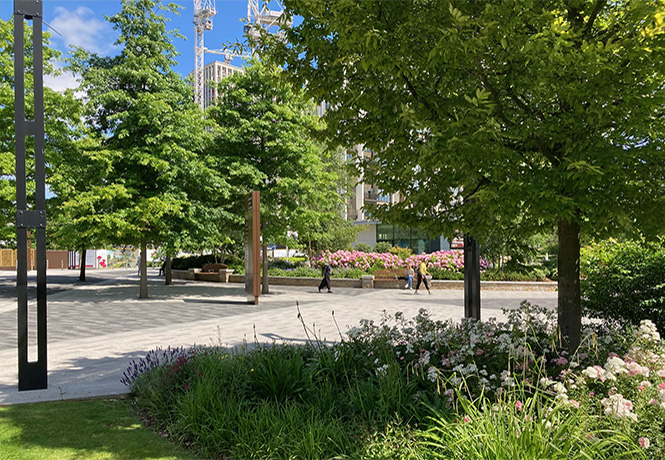
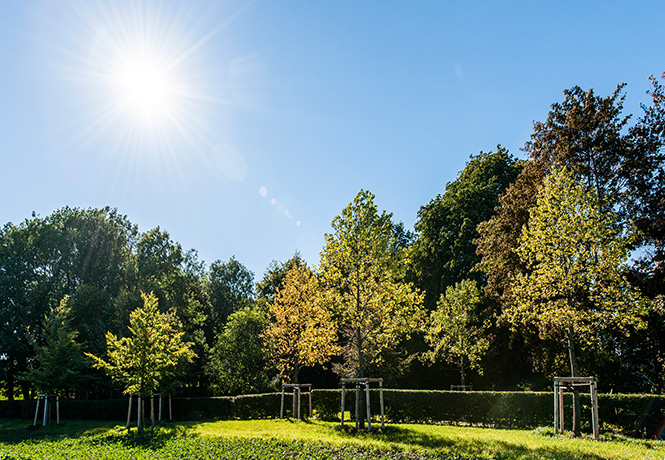
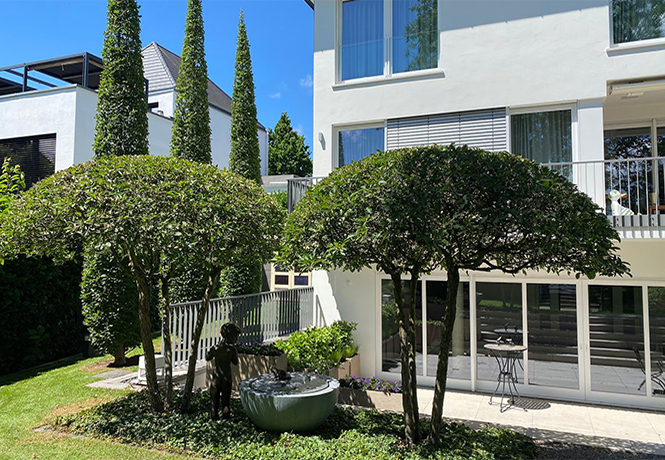
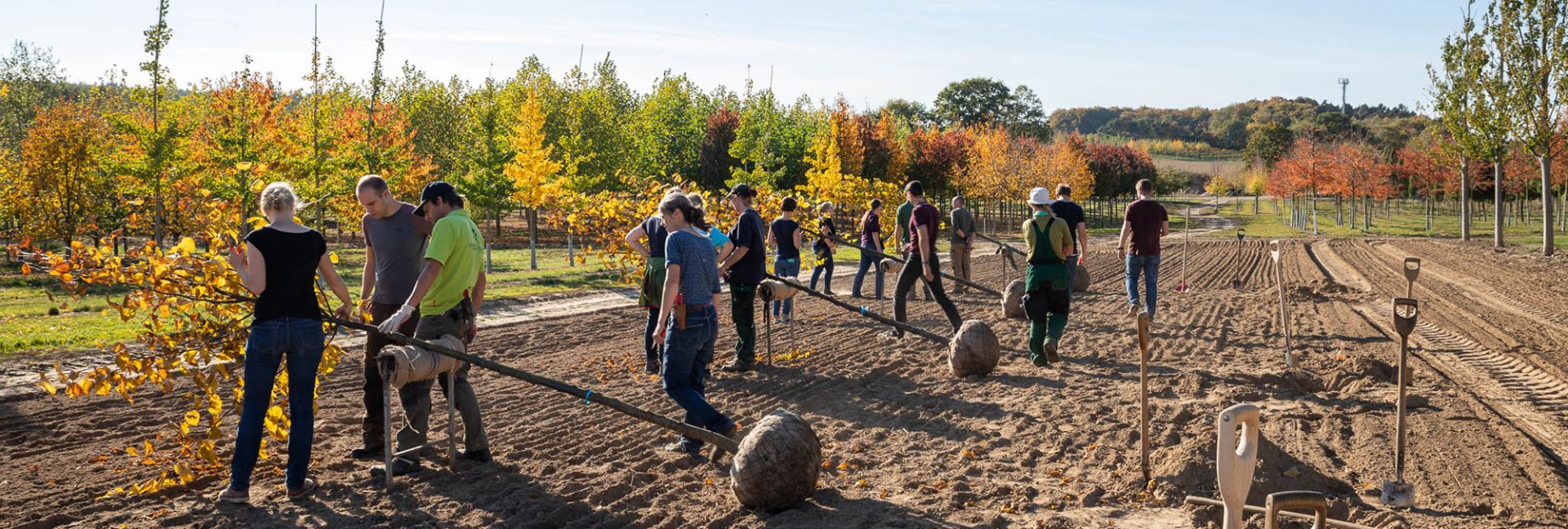
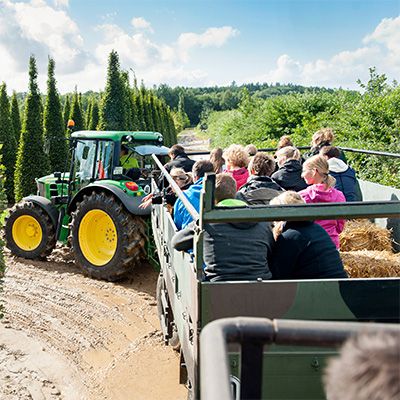
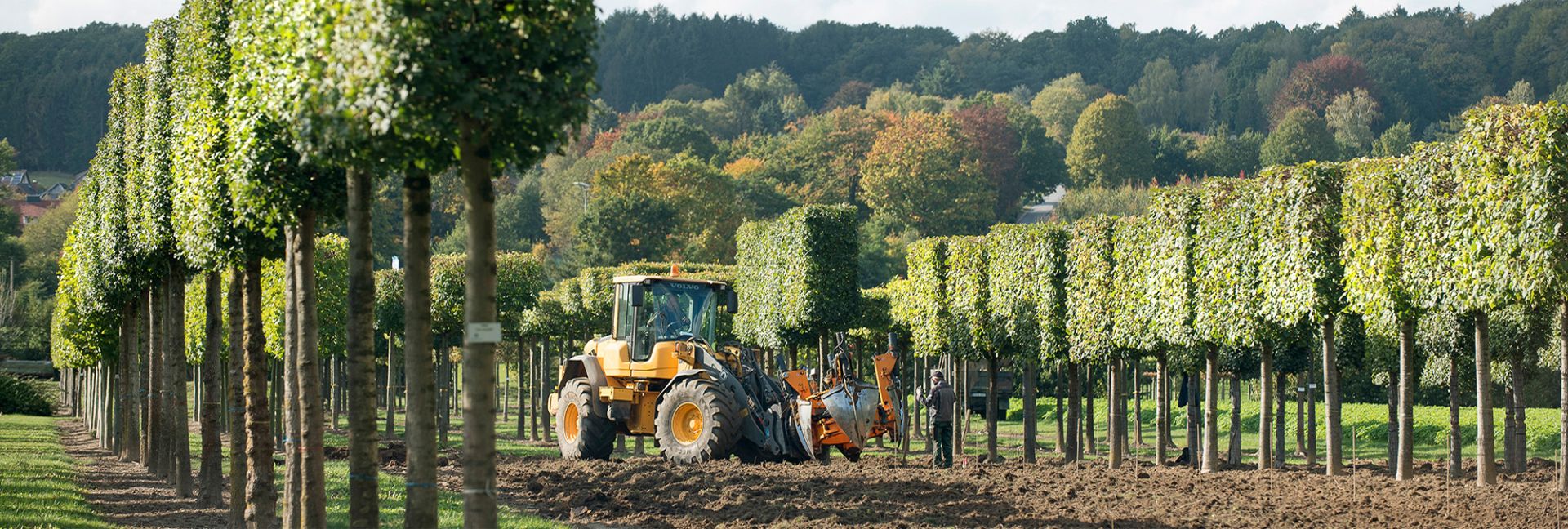
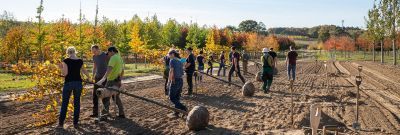

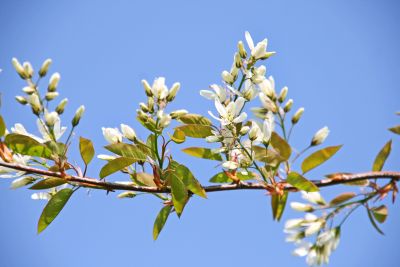
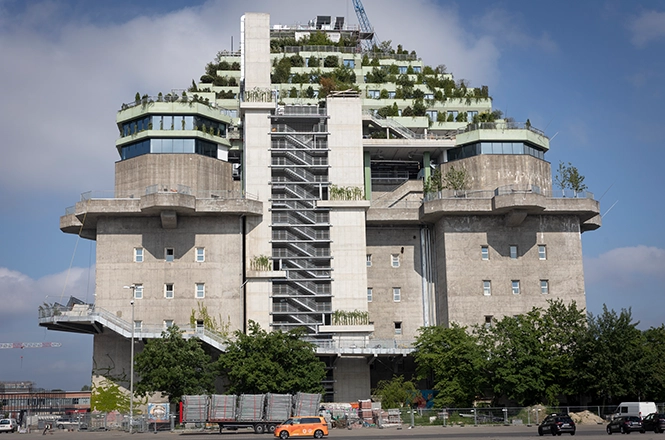
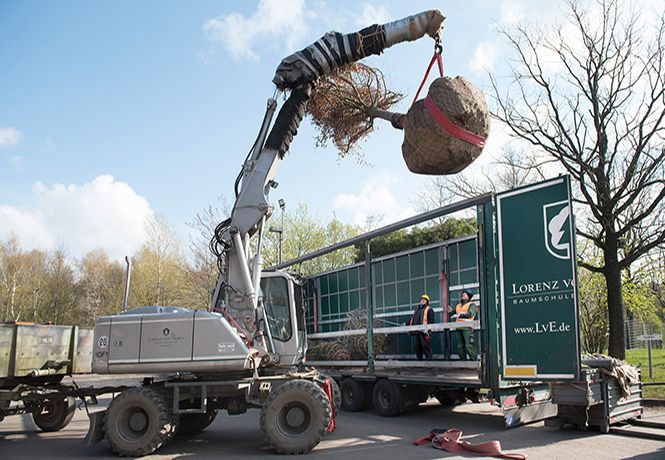

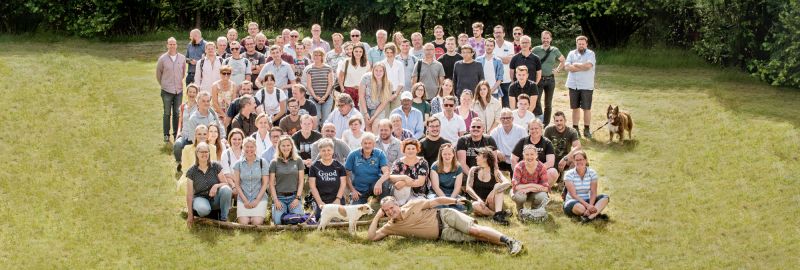

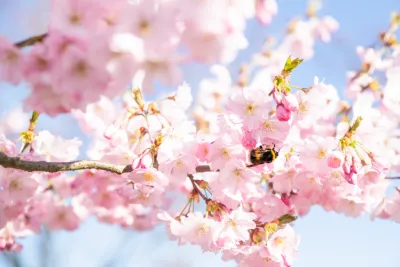
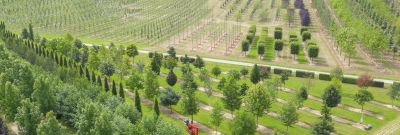
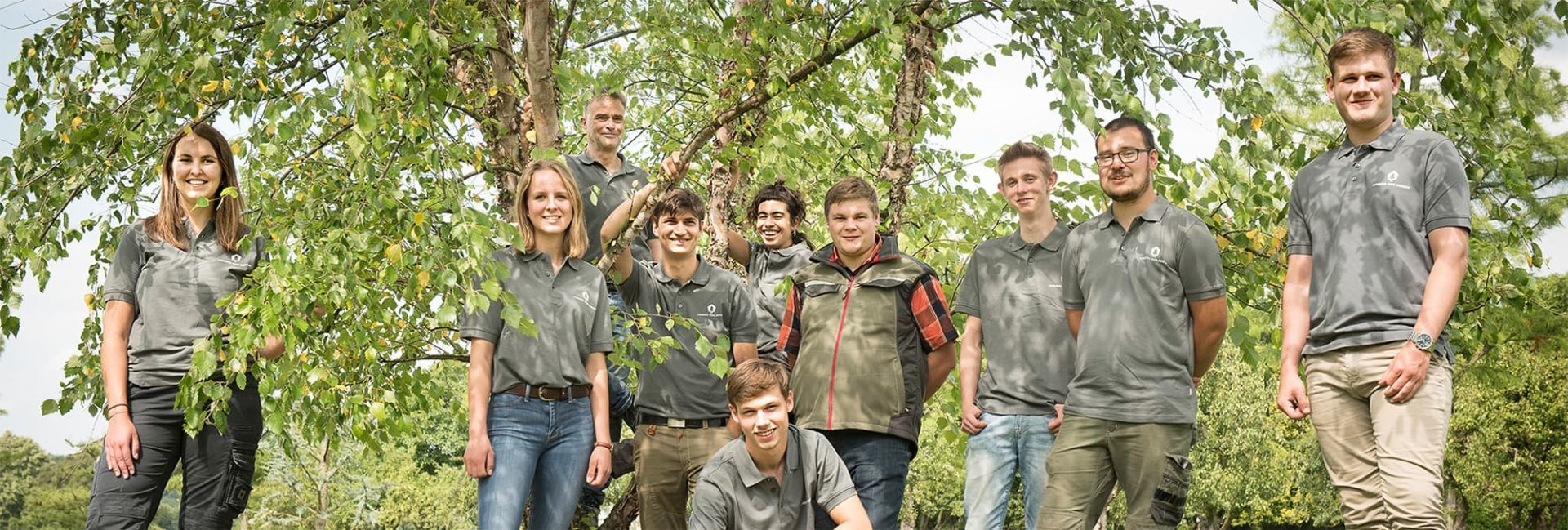

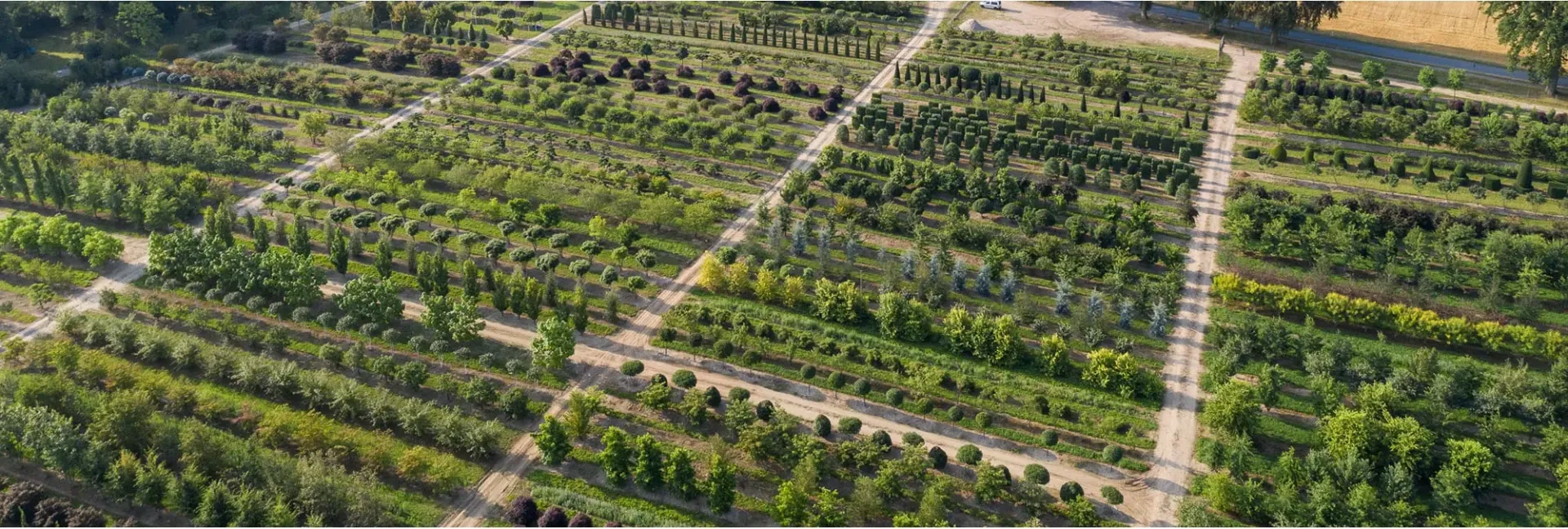
_400x400.webp)
